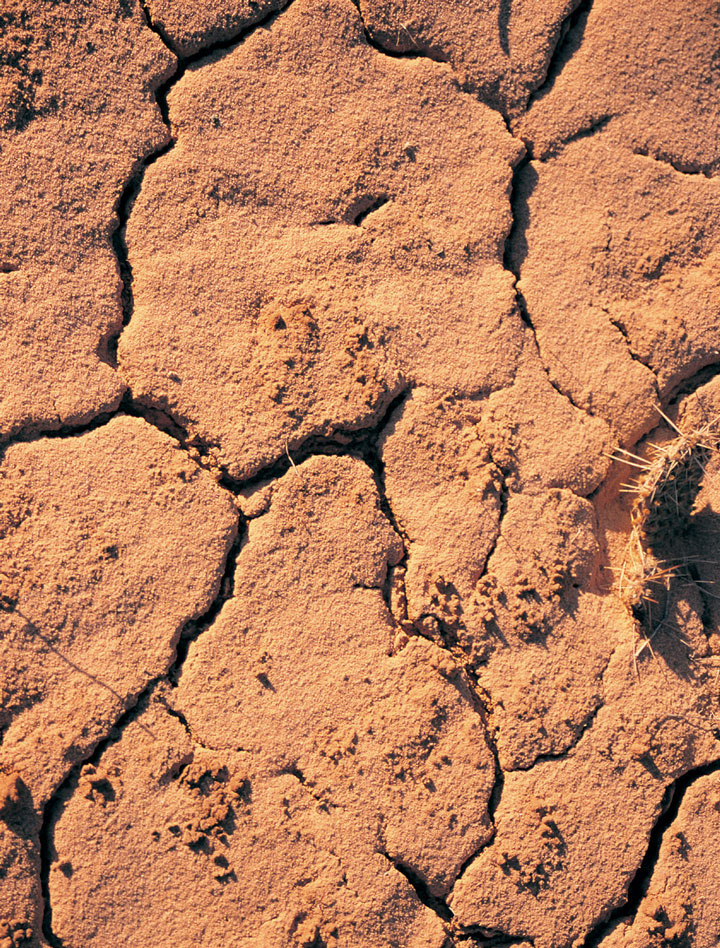At the end of April, the American Lung Association (ALA) released its
latest air quality report, “State of the Air 2024.” The results analyze
data through 2022.
“We have seen impressive progress in cleaning up air pollution over the
last 25 years, thanks in large part to the Clean Air Act. However, when
we started this report, our team never imagined that 25 years in the
future, more than 130 million people would still be breathing unhealthy
air,” said Harold Wimmer, ALA president and CEO, which is a succinct
description of Riverside County air quality.
California’s air quality is improving, but generally not considered
good. Of 50 counties, for which there were data, 11 received an “A”
grade for ozone pollution. Most of these were small and in Northern
California; however, San Francisco earned an “A.”
Ozone air pollution makes breathing difficult for many people because it
irritates the lungs, resulting in inflammation. Ozone and particle
pollution are both linked to increased risk of premature birth and lower
birth weight in newborns.
However, 29 counties, half of the state, were graded “F.” This included
Los Angeles, Orange, San Bernardino, San Diego and Riverside counties.
Of the cities in the U.S., the four worst for ozone pollution, including
Los Angeles, are all in California. San Bernardino, Riverside and Los
Angeles counties had the worst ozone pollution levels in California.
Particle pollution is the second measure of air quality. Fine
particulate matter air pollution, also known as PM2.5, particle
pollution or soot, can be deadly. These particles come from wildfires,
woodburning stoves, coal-fired power plants, diesel engines and other
sources. These microscopic particles can trigger asthma attacks, heart
attacks and strokes, and cause lung cancer, according to the ALA report.
Only 45 California counties had data for particle pollution. Of these,
Humboldt County received a “B” grade and Yolo County got a “C” grade.
There were two “Ds” and the other 41 counties all were graded “F” for
particle pollution.
Again, Southern California counties were part of the failing group, but
their levels of particle pollution were not among the worst in the
state.
The air quality index (AQI) is a measure of air pollution in an area. It
is based on data collected from air pollutant monitoring stations. The
AQI ranges from 0 to 500. Scientists have related health effects to the
AQI levels. The AQI focuses on health affects individuals may experience
within a few hours or days after breathing polluted air. The higher the
AQI value, the greater the level of air pollution and the greater the
health concern.
The AQI scores are broken into levels designating the severity of the
potential air quality danger. For easier alerts, these levels are given
different colors. “Green” is good, then “Yellow,” which is followed by
“Orange.”
Both Riverside and San Bernardino counties had more than 30 “Orange
Days” in 2022. But three counties — Fresno, Kern and King — had more
than 90 “Orange Days.”
Designation of “Orange Days” is meant to warn sensitive groups that the
air is unhealthy. These alerts are issued when the AQI is between 101 to
150.
People with heart disease, pregnant women, children and older adults,
people with lung disease, such as asthma, should limit prolonged or
heavy outdoor exertion during these periods.
Riverside County had 10 “Red Days” and San Bernardino County had eight.
These are days when the AQI is between 151 and 200. It is unhealthy for
anyone and particularly sensitive groups.
Neither county had any purple or maroon days in 2022.
The South Coast Air Quality Management District (SCAQMD) for California
includes all of the Southern California counties, except for the eastern
portions of Riverside and San Bernardino.
SQAQMD has devoted significant efforts to reduce regional air pollution,
including “… the strictest regulations in the country on the stationary
sources we regulate such as factories, refineries, and power plants,”
according to its news release after publication of “State of the Air
2024.”
Currently, SCQAMD is trying to reduce and alleviate air pollution from
mobile sources, such as ships, trains, planes, cars and heavy-duty
trucks. To achieve a 70% reduction by 2037, the agency is focusing on
reducing emissions associated with warehouse operations. The next target
will be proposals for railyards and ports.
However, SCAQMD notes that “[m]ost of the smog-forming emissions
contributing to elevated ozone and PM 2.5 levels in our region are
primarily from heavy-duty mobile sources — trucks, ships, planes,
locomotives and construction equipment under federal authority.”
In Riverside County, the particle pollution dropped significantly from
2000 to 2008, with another drop between 2012 and 2014. Since then, it
has remained relatively level, although creeping up in the past few
years.
One of the major sources of particle pollution is smoke — from
woodburning stoves and fireplaces and, especially, wildfires. In
Southern California, AQMD often issues wood burning bans during the
winter. However, at the Hill’s elevation, the local population is
exempt.
When asked if there is a future for woodburning stoves to provide heat
in remote communities, Glory Dolphin Hammes, CEO of IQAir North America,
replied, “It’s safe to conclude that more densely populated communities
of the world are responsible for the large majority of air pollution. We
should set our sights on clean infrastructure to provide heat to densely
populated communities first before focusing on trying to improve air
quality on remote communities, where heating methods like woodburning
stoves have negligible effects on the global air quality.”
But wildfires do occur and generate dangerous air. “Wildfires in the
western United States and Canada remain the major contributing factor to
the increasing number of days and places with unhealthy levels of
particle pollution in recent years,” according to ALA research.
ALA is aware of the federal government’s recent efforts. This includes
the Wildland Fire Mitigation and Management Commission, which released
its report in September 2023. This included 148 recommendations to the
administration as well Congress and state, local and tribal governments.
One chapter is devoted to public health.
“We’re pushing for many of those recommendations to be adopted,” ALA
said in its “State of the Air 2024.” “We applaud this progress …” and
then encouraged Congress and the Environmental Protection Agency to take
the appropriate steps to fund and implement these recommendations.
One tool firefighters use to reduce threats of wildfires is controlled
or prescribed burns, but these can generate air pollution and be limited
by air quality managers.
Hammes opined, “Due to global warming, the threat of larger wildfires is
real. On prescribed burns, we need to leave this up to the experts to
design and engineer such burns to strategically reduce the chances of
larger wildfires, with the understanding that smoke is an undesired side
effect. There is no level of healthy air pollution, and smoke from
prescribed burns is also dangerous. There are success placement
methodologies for prescribed burns that these experts implement, that
are strategic and not random.”
Nevertheless, residents should prepare. This might include changing air
filters for air conditioning units and having respiratory masks
available.
Oregon has been very proactive trying to reduce air pollution threats to
low-income residents. In 2022, Oregon received approval for a Medicaid
waiver renewal application making Oregon the first state in the country
to cover climate change expenses for certain low-income patients under
its Medicaid program.
Beginning in 2024, Medicaid will cover payment for devices such as air
conditioners and air filters for Oregon Medicaid members with health
conditions who live in an area where the federal government or the
governor has declared an extreme weather emergency. Specifically, the
Oregon Health Agency received $4.7 million to provide residential smoke
filtration devices to those with lower incomes and/or people with
high-risk medical conditions. Also, funds are available to equip public
buildings with smoke filtration systems so they can become emergency
clean air stations.
“When we started doing ‘State of the Air’ in 2000, I never imagined that
in the 25th edition we would be reporting that more than 100 million
people are still breathing unhealthy air. It’s unacceptable,” said Paul
Billings of the ALA.
The SCAQMD website is www.aqmd.gov/home. And if interested in receiving
air quality alerts, sign up is available at
www.aqmd.gov/home/air-quality/air-alerts.




